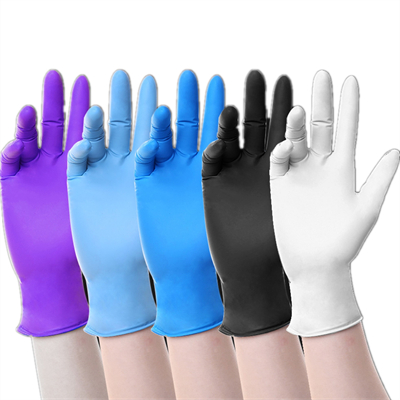Choosing the right boxing gloves is crucial for both safety and performance in the sport. The selection process involves considering factors like glove size, weight, type, and fit. Here’s a comprehensive guide to help you choose the perfect boxing gloves:
1. Glove Size:
- Boxing gloves come in various sizes, usually measured in ounces (oz). The size refers to the weight of one glove. Common sizes range from 8 oz to 16 oz or more.
- Your glove size depends on your weight, hand size, and intended use. Here’s a general guideline:
- 8 oz to 10 oz: Lighter gloves for competitive fighters, usually during matches or sparring.
- 12 oz to 14 oz: Standard sizes for training and sparring.
- 16 oz and above: Larger sizes for heavier training, like bag work and focus mitts.
2. Glove Weight:
- The weight of your gloves affects the amount of padding and protection they offer.
- Heavier gloves (14 oz and above) provide more hand and wrist protection and are ideal for beginners and heavy bag work.
- Lighter gloves (8 oz to 12 oz) are used for competitive boxing and speed training but offer less hand protection.
3. Glove Type:
- There are various types of boxing gloves designed for specific purposes:
- Training Gloves: These are versatile and suitable for various training activities, including bag work, sparring, and mitt work. They offer good hand protection.
- Sparring Gloves: Specifically designed for sparring, they have extra padding to minimize the risk of injury to both you and your sparring partner.
- Bag Gloves: These gloves are meant for heavy bag workouts and offer less padding than sparring gloves. They focus more on wrist support and hand protection during heavy impact training.
- Competition Gloves: Designed for actual matches, these gloves are lighter and offer less padding than training gloves. They are often used by experienced fighters.
4. Glove Material:
- Boxing gloves are made from various materials, including leather, synthetic leather, and vinyl.
- Leather gloves are durable, offer better fit and comfort, and are preferred by serious boxers.
- Synthetic gloves are more budget-friendly but may not last as long as leather gloves.
5. Fit and Comfort:
- Proper fit is crucial to prevent injury and discomfort.
- Ensure your fingers are snug but not cramped inside the gloves.
- The gloves should be snug around the wrist to provide support.
- Try gloves on if possible or refer to the manufacturer’s sizing chart for guidance.
6. Brand and Quality:
- Choose gloves from reputable brands known for quality and durability.
- Research customer reviews and seek recommendations from experienced boxers or trainers.
7. Budget:
- Quality boxing gloves can vary widely in price. While it’s essential to stay within your budget, prioritize quality and safety over cost.
8. Maintenance:
- Properly care for your gloves to extend their lifespan. Allow them to air out after training sessions and consider using glove deodorizers.
- Avoid getting them wet, as moisture can cause odor and damage.
9. Hand Wraps:
- Invest in hand wraps to provide additional wrist support and protection. Hand wraps should be worn under your boxing gloves to secure your wrists and knuckles.
Remember that personal preferences and needs can vary, so it’s essential to try on different gloves or consult with a knowledgeable trainer or coach to find the perfect fit and type for your boxing style and training goals. Properly chosen boxing gloves will help you train effectively, protect your hands, and maximize your performance in the sport.






















